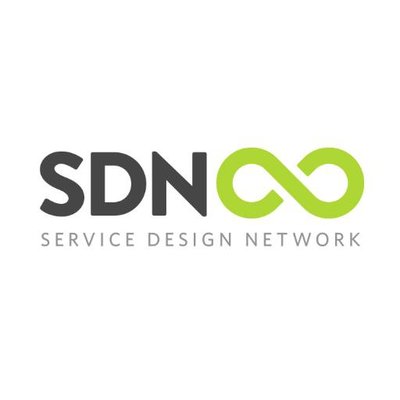There is a running joke, that if you ask 10 service designers about what it is they do, they will give you 11 definitions. Service design builds on practices of mass manufacturing, communications, industrial design, branding, service marketing, design thinking and service management, ethnography, etc.
I co-founded the Swiss Chapter of the Service Design Network (SDN), which is the leading non-profit organization of the discipline, so I will use our definition:
“[service design] uses a holistic and highly collaborative approach […] to deliver strategic and tactical objectives […] to generate value for both the service user and the service provider throughout the service’s lifecycle. In practice, service design helps to choreograph the processes, technologies and interactions driving the delivery of services, using a human-centred perspective, for both the private and public sector.”[i]
Its key strength is that it allows service providers to see services from the point of view of their customers. But even more importantly, it balances the needs of these two stakeholders. It strives for usefulness, usability and desirability for customers, but also for efficiency, effectiveness and distinctiveness for service providers[ii]. This duality is what I will focus on as well.
In contrast to products, services only exist with the active participation of the customer – e.g. you have to enter the restaurant, pick and order your food, and eat it (oh, and pay). While service providers and service costumers used to have a one-on-one relationship in the early days of services (think ancient times), this relationship became disconnected with the industrialization of services[iii]. Service design aims to re-establish this more direct relationship, and to do so relies heavily on co-creation with customers – the focus of my thesis.
[i] Service Design Network Website (2019); https://www.service-design-network.org/about-service-design
[ii] Quote from Brigit Mager in “Marc Stickdorn, Jakob Schneider: This is Service Design Thinking”; (2014; BIS Publishers); page 31,
[iii] Miso Kim: An Inquiry into the Nature of Service: A Historical Overview, Part 1; (2018; MIT Design/Issues Volume 34, Number 2); DOI 10.1162/DESI-a-00484




















